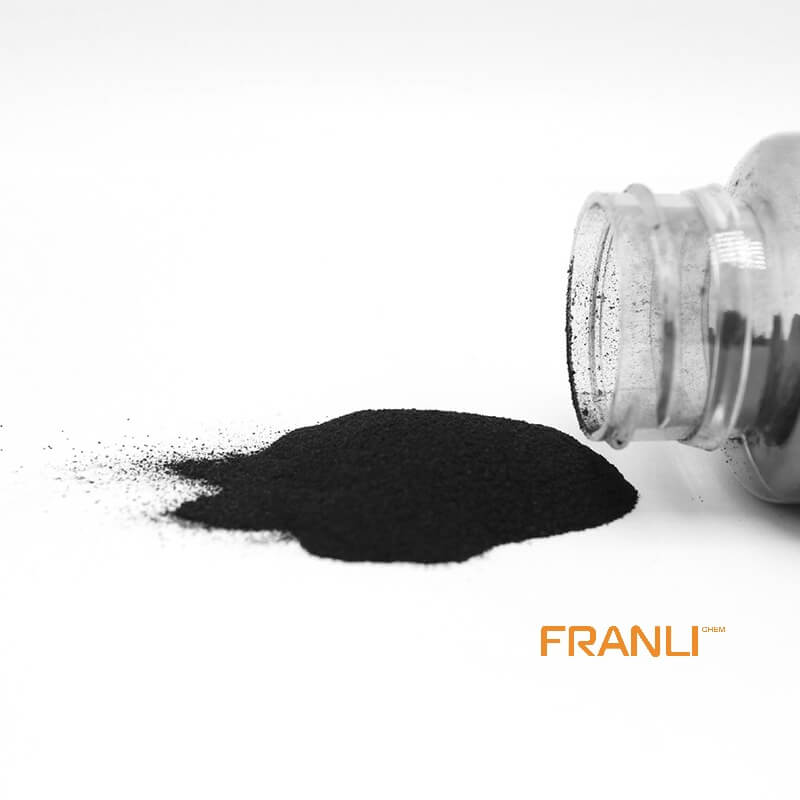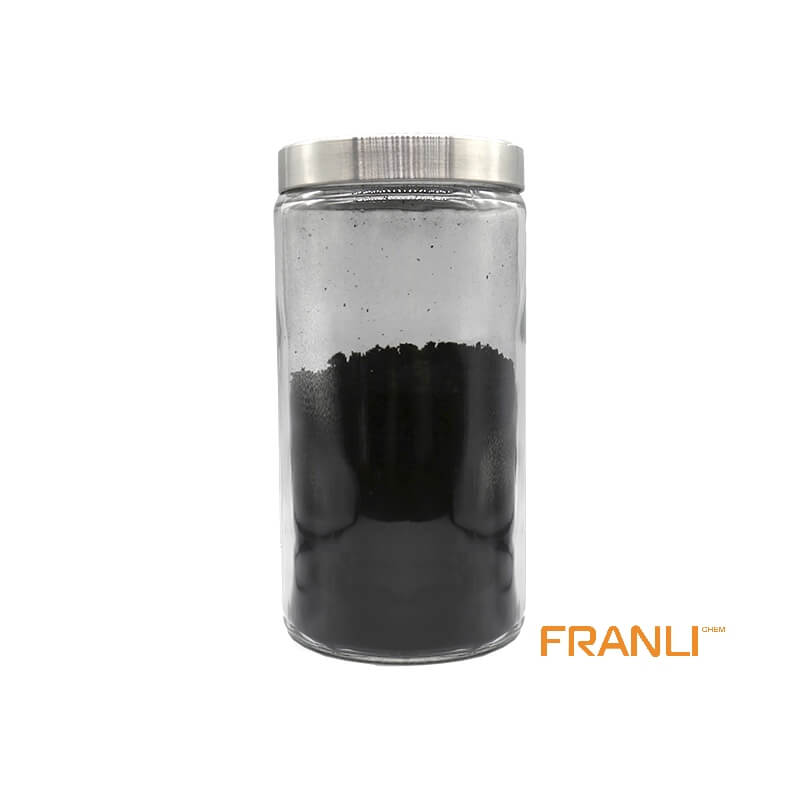

Graphene
Size
1-2nm thick x 0.5-5microns wide
Package
According to customer requirements
Features
High strength, high electrical conductivity, etc.
Application
Can be used as filler(between 0.01% and 5%).
Graphene, as the thinnest, toughest and best conductive nano material found at present. It is a two-dimensional crystal composed of carbon atoms stripped from graphite material with only one layer of atom thickness. Known as “black gold”, it is “the king of new materials”. Scientists even predicted that graphene “will completely change the 21st century”.
Request a quoteGraphene is a general term for two-dimensional carbon materials. According to the number of layers of the hexagonal honeycomb structure, graphene is divided into single-layer graphene, double-layer graphene, few-layer graphene (3-10 layers), and multi-layer or thick-layer graphene (thickness is more than 10 layers, 10 nm the following). With a thickness of 0.35 nm, single-layer graphene is the thinnest known material. The structure of graphene has to start with the graphite structure. Graphite is a molecular crystal combined with van der Waals forces and has a three-dimensional layered structure. Due to the strong carbon-carbon bond on the same plane layer, it is extremely difficult to break, so graphite has a high melting point, stable chemical properties, and excellent properties in mechanics, electricity, optics, and heat.

Graphene has many magical properties, so it is called the “king of new materials”: it is the thinnest material because it has only one atomic layer; it is the strongest material, theoretically 200 times stronger than steel; it is The most conductive material, with 1.6 times the electrical conductivity of silver; it is the most thermally conductive material, with 13 times the thermal conductivity of copper.
Graphene is one of the strongest materials, but also has good toughness, can be bent, and has super thermal and electrical conductivity, which makes it very promising for applications – it can be used as a touch screen because it is transparent. Conductive film; can also be used as an ultrafast integrated circuit, because the electrons in it run very fast, and the electron mobility at room temperature is 10 times higher than that of silicon materials; it is a lightweight and high-strength material and has very broad application prospects in the aerospace field; Its electromagnetic shielding properties can also be used to make stealth aircraft, stealth materials… It may also produce some cool applications similar to sci-fi movie scenes.
In graphene, the connection between carbon atoms is in a very flexible state. When an external mechanical force is applied, the carbon atomic face will bend and deform, and the carbon atoms do not have to be rearranged to adapt to the external force, thus maintaining structural stability. Graphene is the strongest material known to man, more than 100 times stronger than the strongest steel in the world.

Graphene has ultra-high electron mobility, and its conductivity is much higher than any current high-temperature superconducting material. The University of Manchester team measured the electron mobility of single-layer graphene molecules at room temperature and found that even in graphene containing impurities, the mobility of charges can reach 10,000 m2/(V.s).
In terms of thermal properties, Graphene is also a heat-stable material. The thermal conductivity of graphene is as high as 5300 w / (m.k), which is 13 times higher than that of copper. It is found that the thermal conductivity of single-layer graphene is closely related to the lamellar broadband, defect density, and edge roughness; The graphene sheet has the characteristics of each conductivity along the plane direction; Above room temperature, the thermal conductivity of graphene decreases with the increase of temperature.
Graphene is almost completely transparent, absorbing only about 2.3% of visible light, with a light transmittance of up to 97.7%. The light absorption of graphene layers is proportional to the number of layers. Each layer in the FLG sample can be regarded as a two-dimensional electron gas, and the perturbation of the monitored layer is very small, which is optically equivalent to the Superposition of barely interacting single-layer graphene (SLG). The absorption spectrum of single-layer graphene is flat between 300 and 2500 nm, and there is an absorption peak in the ultraviolet region, which is due to the van Hoof singularity of exciton movement in the graphene density of states. In multilayer graphene, the low-energy region has other absorption properties associated with interband transitions.

Graphene is also a thermally stable material. The thermal conductivity of graphene is as high as 5300 W/(m. K), which is 13 times that of copper. The study found that the thermal conductivity of single-layer graphene is closely related to the sheet broadband, defect density, and edge roughness; The thermal conductivity in the plane direction has the characteristics of anisotropy; above room temperature, the thermal conductivity of graphene gradually decreases with the increase of temperature.
The electrical properties of graphene have received extensive attention, but its chemical properties have been poorly understood. The known chemical properties are: graphene can adsorb and desorb various atoms and molecules, such as nitrogen dioxide, ammonia, potassium, and other adsorbates as donors or acceptors often leading to changes in carrier concentration; and hydrogen Adsorbates such as ions, hydroxide ions, etc. produce poorly conductive derivatives, but these are not new compounds. From the point of view of surface chemistry, the properties of graphene are similar to graphite, so the chemical properties of graphene can be inferred from graphite. The study of the chemical properties of graphene will become a research hotspot in the next few years.



